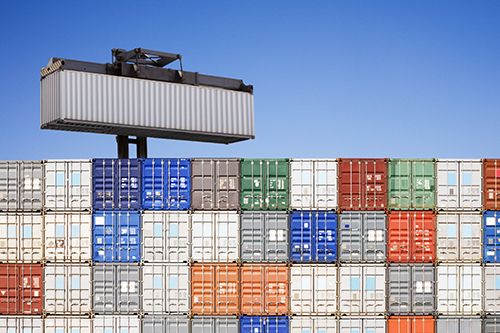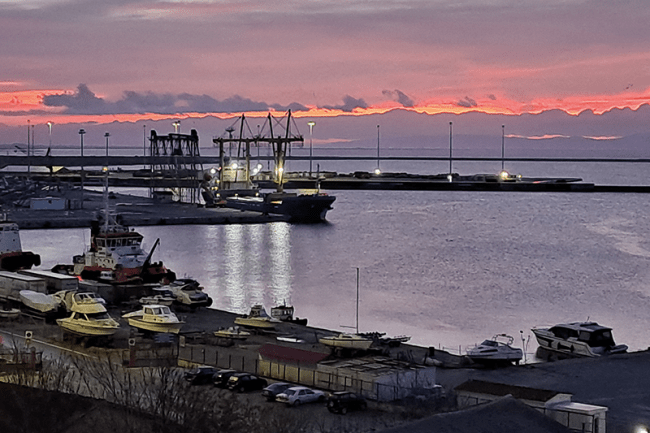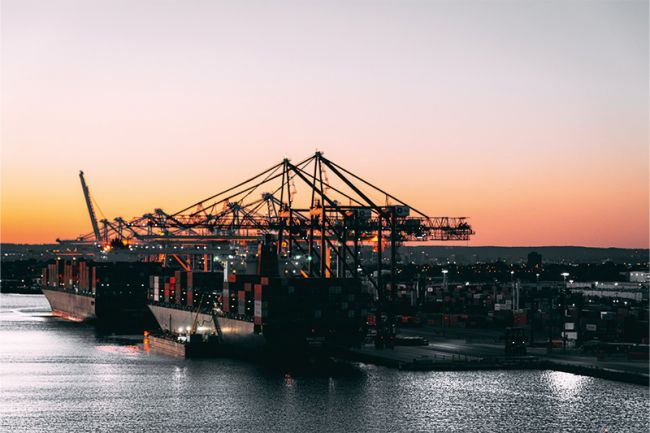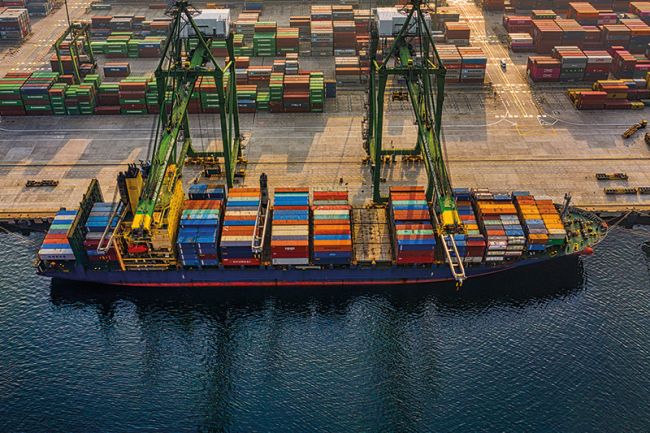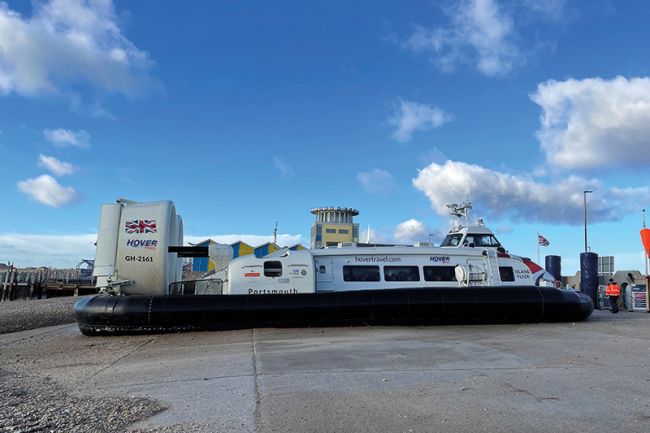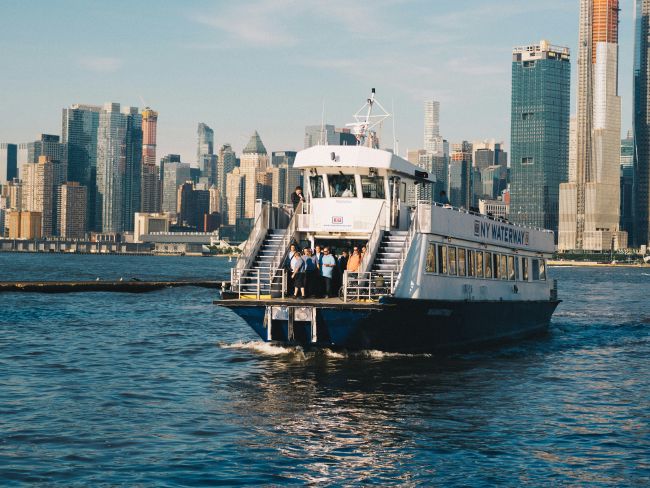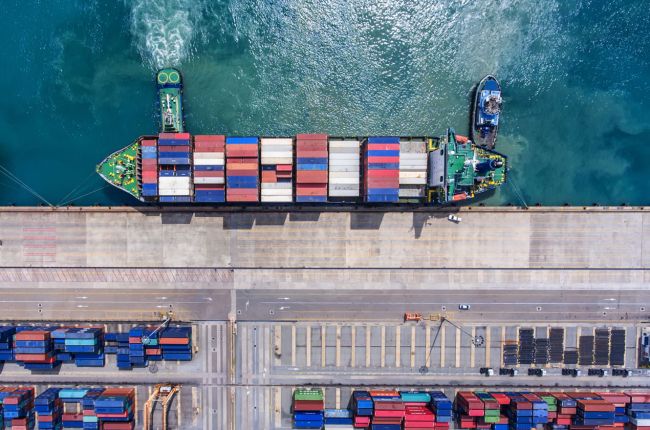Assessing the effects of port disruptions on the container shipping network
We live in the era of globalisation and large-scale outsourcing of manufacturing.
We live in the era of globalisation and large-scale outsourcing of manufacturing. This has accorded container terminals a critical role in modern society: they are the hubs through which the majority of the world's cargo flows among transport modes and international jurisdictions. As such, their efficiency and resilience are fundamental components in the overall performance of supply chains.
While the cyclic market patterns of maritime transport have been the subject of extensive research over the years, less is known about how the container shipping network is likely to be affected by major incidents that are not related to market processes. Examples of such threats include natural disasters (such as earthquakes, tsunamis and floods) as well as armed conflicts and political tensions.
Optimisation techniques are an efficient way of assessing the impacts of disruptive events on the container shipping network. Using a cost-based assignment model it is possible to develop a preliminary forecast of how transporters might redistribute the flows of containers within the global network in the event of total or partial closure of ports: shipping companies are likely to reroute cargoes within the available planned services, in such a way that minimizes the overall transport costs.
An interesting application of this model was recently made for the crucial node of the Malacca Strait between Malaysia and Indonesia, which most of the trade between Asia and Europe transits. The largest port in the area is Singapore, the world’s second busiest port in total shipping tonnage, whose turnover contributes about 7% to the national GDP; this enormous hub connects to a network of smaller international ports in the immediate surroundings, including Jakarta, Port Klang and Belawan.
When analysing the resilience of this local port network against catastrophic events, there are two most probable hazards that need to be taken into account:
- Earthquakes represent a potential threat affecting the Indonesian islands, especially the ports of Jakarta and Belawan. According to the research, these ports could face a complete closure for up to two months in the aftermath of such an event, recover 40% of their capacity in three months and then restore complete functionality in nearly twelve months, similarly to what happened at the port of Kobe in Japan in 1995.
- A conflict could hypothetically be triggered by historical tensions and geographical disputes in the area of the South China Sea: claims of sovereignty and the targeting of naval assets could pose a serious threat to shipping trade. A naval blockade would disrupt routes through the area, paralysing the shipment of Asian products towards Europe. As modelled in the study, the greatest impact on a functioning port would be to the Port of Singapore, the preferred transhipment hub for cargoes coming from East Asia. In fact, the vast majority of its throughput, coming through the East China Sea, would be blocked or rerouted to other ports.
Simulating these scenarios through an optimisation model confirms the high susceptibility of global trade to the functionality of the Singaporean hub, and allows ports to be ranked by importance within the network. Disruptive events have been proved to generate significant variations in transport costs, prompting the enforcement of precautionary strategies and measures to increase the resiliency of the global liner shipping network.
These forecasts can offer shipping lines and logistics providers a tool for assessing the impacts of hazardous events, allowing them to estimate the operational and financial consequences of flow redistributions. Moreover, they would facilitate port authorities in supporting decision making processes, orientating investments on port infrastructures and evaluating the robustness of networks, the associated strategic importance of container terminals and the connected risks.
[This model was developed by the author as a research project undertaken at Imperial College, London. The results of this project were presented at the TRB Annual Meeting, Washington DC in January 2015]
